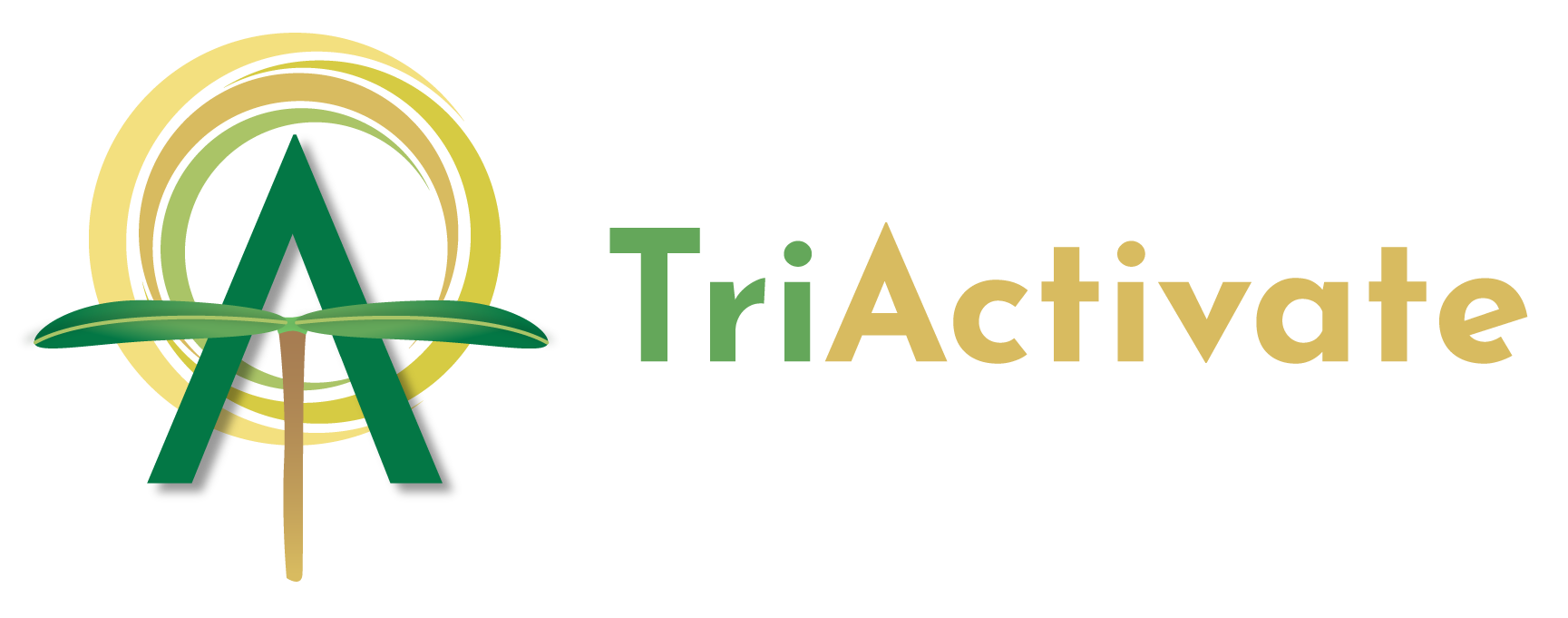Kata
Kata (型 or 形) are the detailed choreographed patterns of movements. The basic goal of kata is to preserve and transmit proven techniques and to practice self-defence. By practicing in a repetitive manner the learner develops the ability to execute, techniques and movements in a natural, reflex-like manner.
Goju-Ryu Kata
Sanchin – “3 Battles” or “3 Conflicts”
Emphasises the coordination of the body and mind through the control of muscle tension combined with controlled breathing.
Gekisai Dai-Ichi – “to destroy” or “attack and destroy”
Chojun Miyagi Sensei made this kata of basic techniques in 1940 to enable the average person to become stronger.
Gekisai Dai-Ni – “to destroy” or “attack and destroy”
This kata is basically the same as gekisai dai-ichi but it introduces open hand techniques and neko ashi movement.
Saifa – to destroy and defeat
Saifa kata is made up mostly of circularly applied striking techniques with the use of whip like motions along with some escape techniques.
Seiyunchin – Attack, Conquer and suppress also referred to as “to control and pull into battle”
This kata develops the strength of the hips and legs in combination of with a variety of hand techniques.
Shisochin – “to destroy in four directions” or “fight in four directions”
This kata emphasises open hand techniques coordinated with controlled hip movements.
Sanseru – 36 Hands
This kata develops the use of low kicks and double hand techniques.
Sepai – 18 Hands
Sepai kata is made up of a variety of unusual hand, foot and body movement techniques.
Kururunfa – holding on long and striking suddenly
This kata also develops the use of open hand techniques and specially hip/hand coordination.
Sesan – 13 Hands
This is an asthetic kata epitomising the ideal of Goju-Ryu by using a number of hard and soft techniques.
Suparunpei – 108 Hands
This kata, Goju-Ryu’s longest, utilises a large number of techniques along with breath control and contains the greatest variety of application and depth of meaning.








